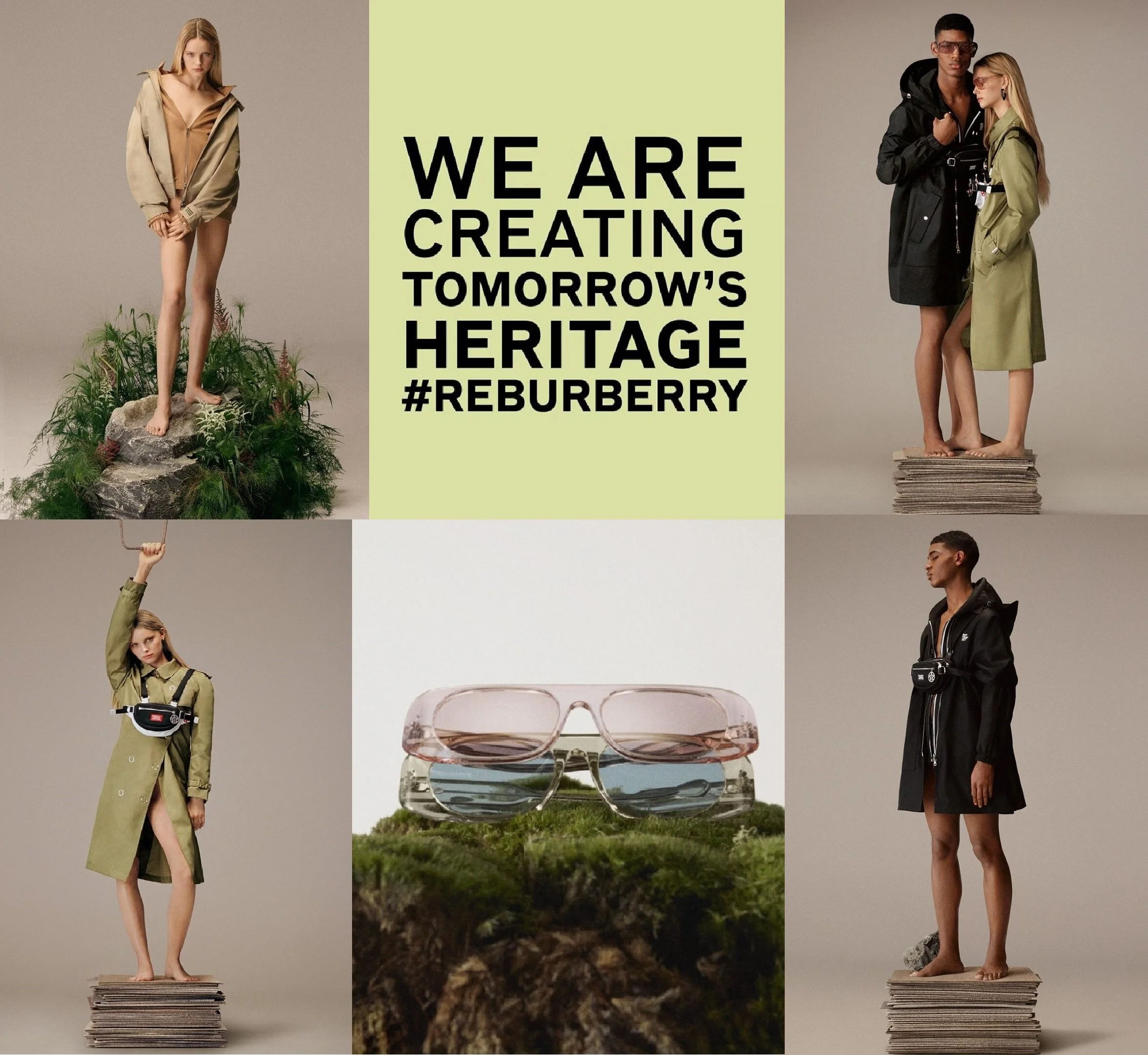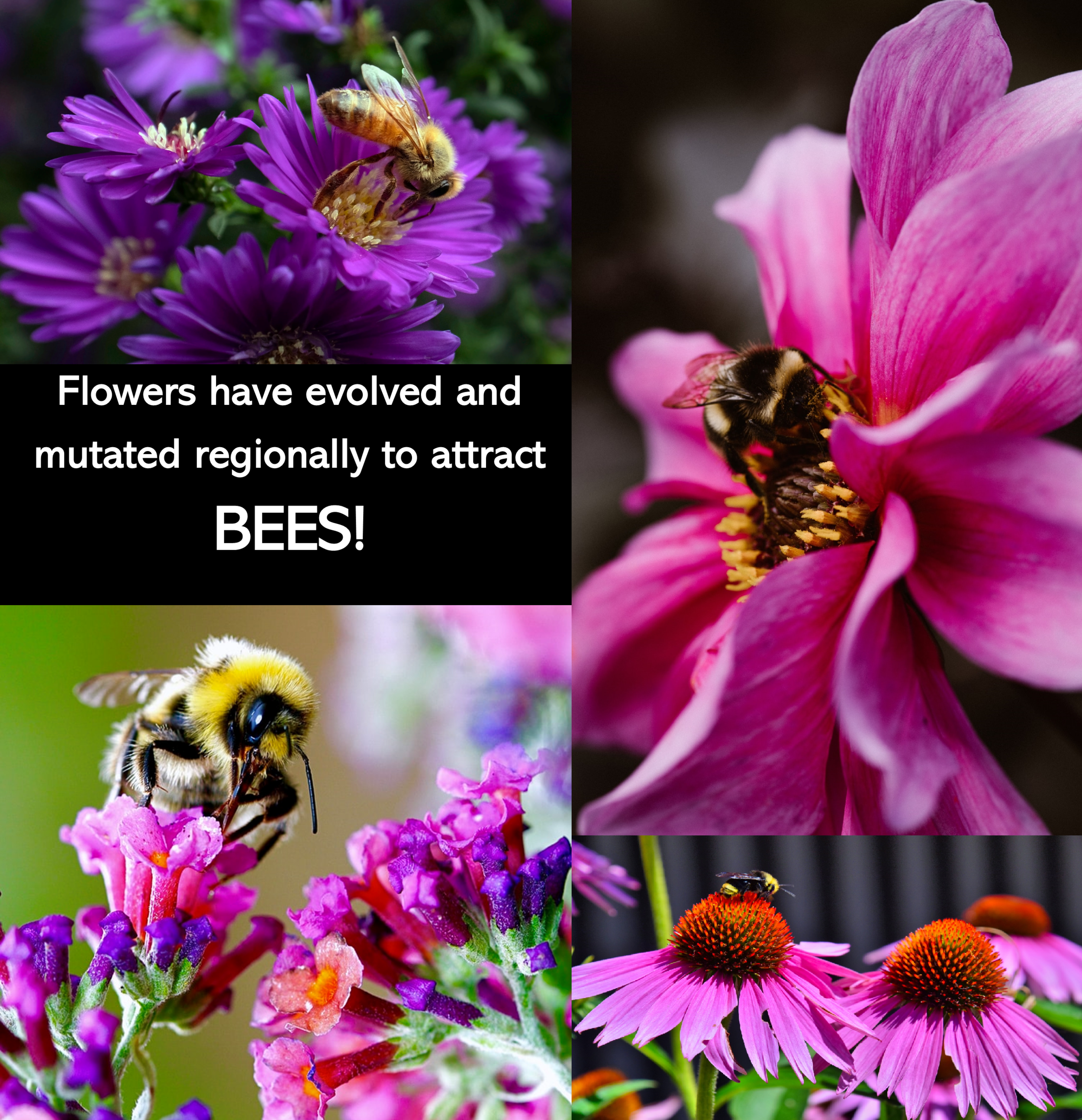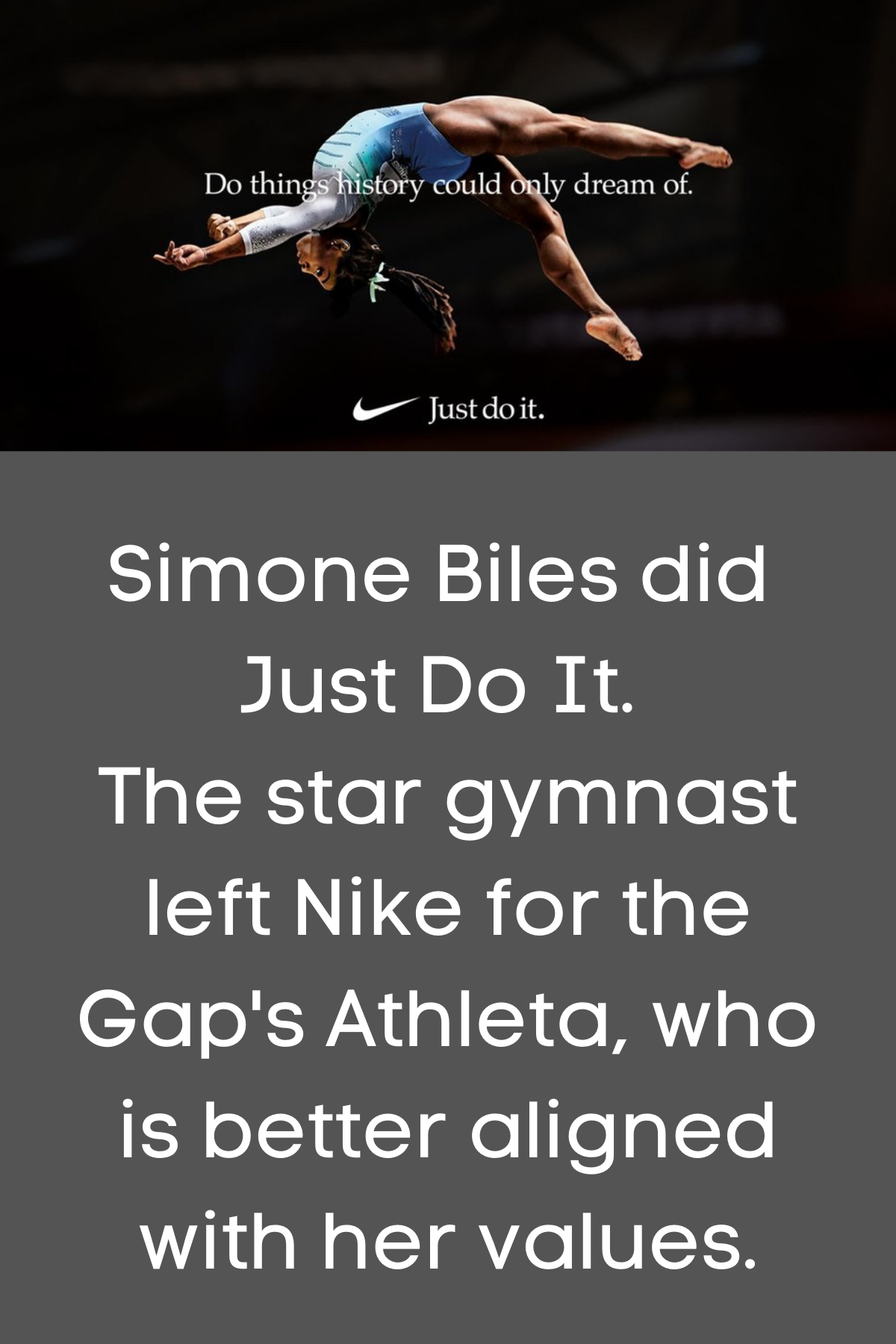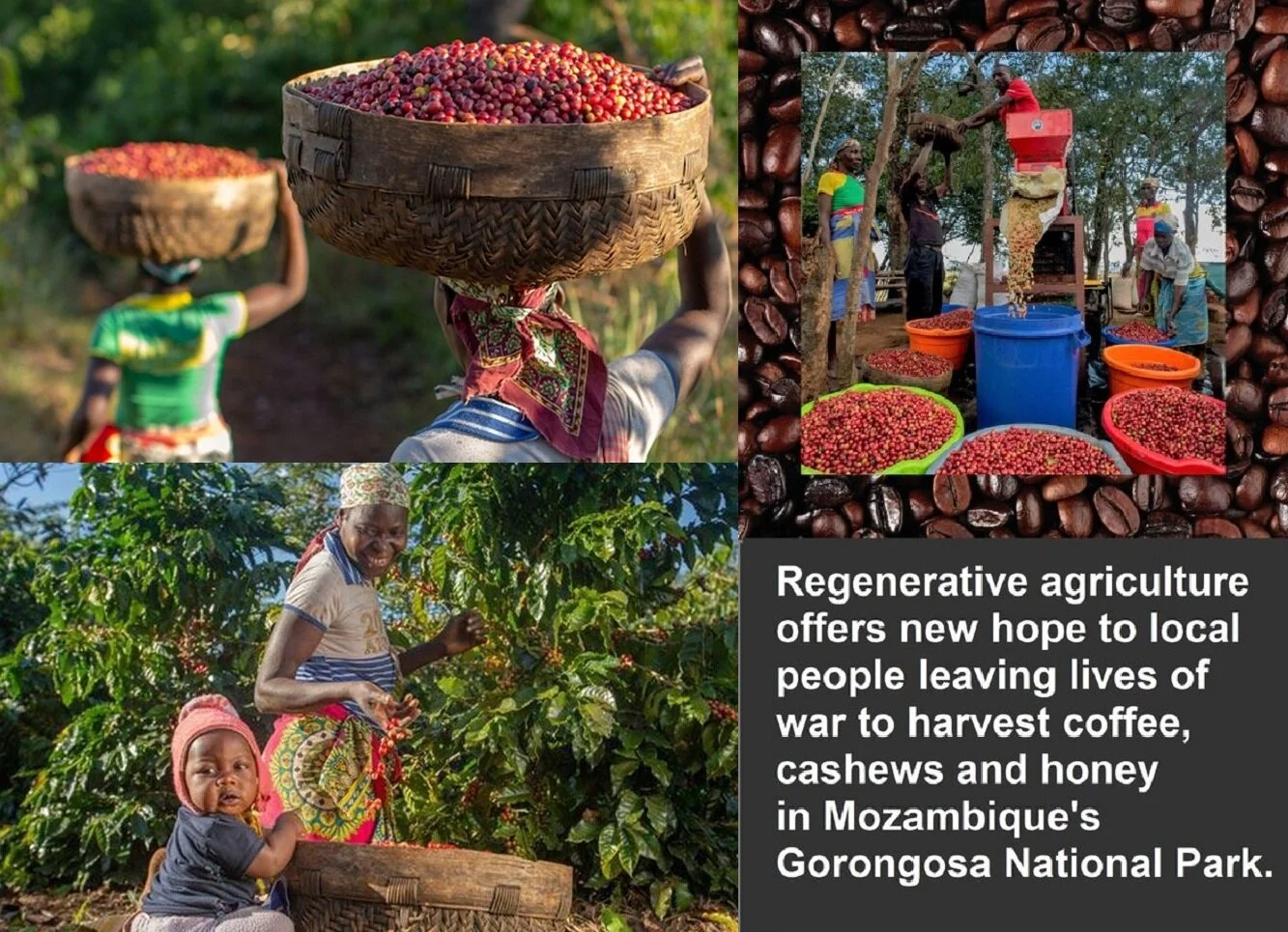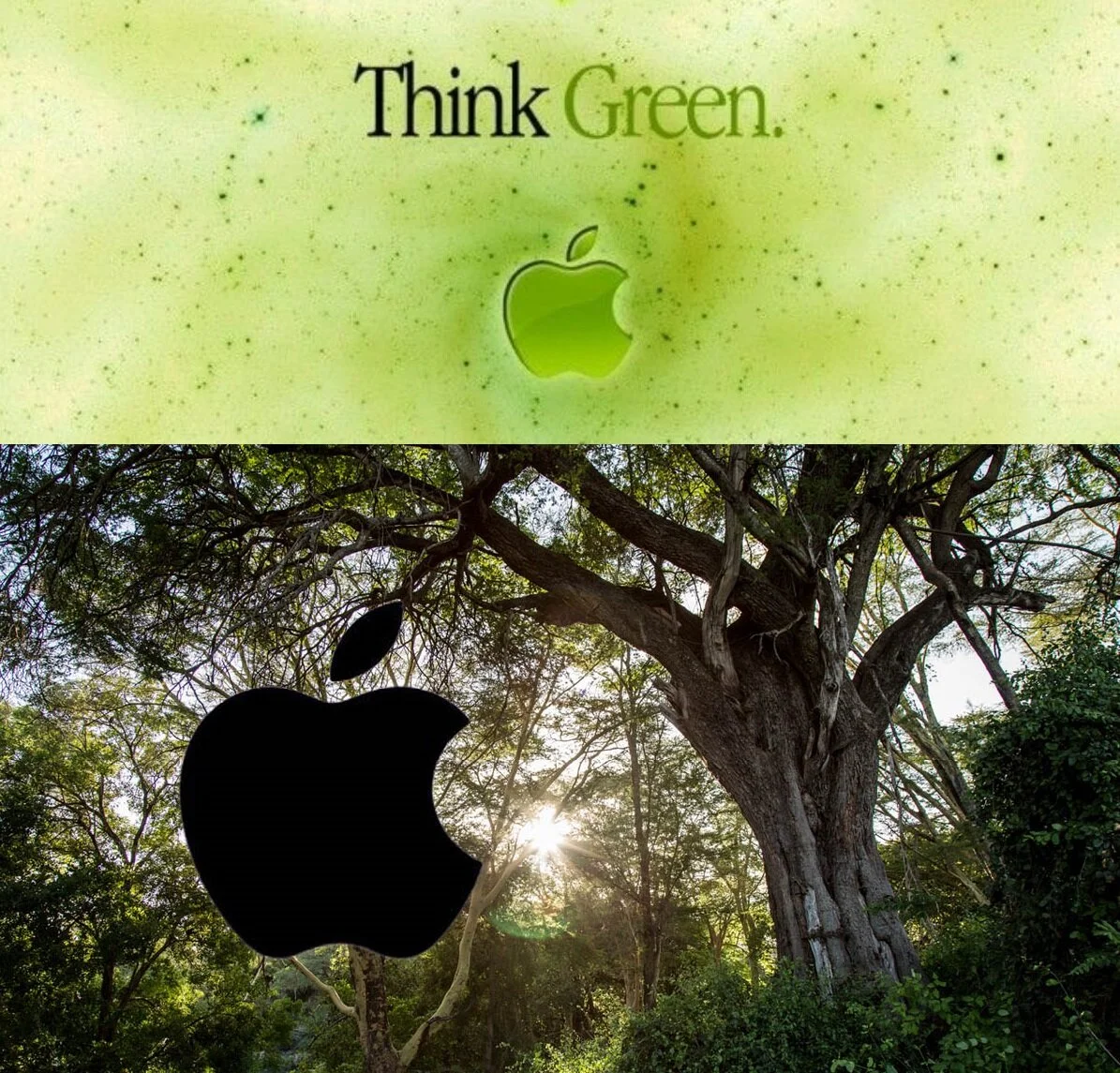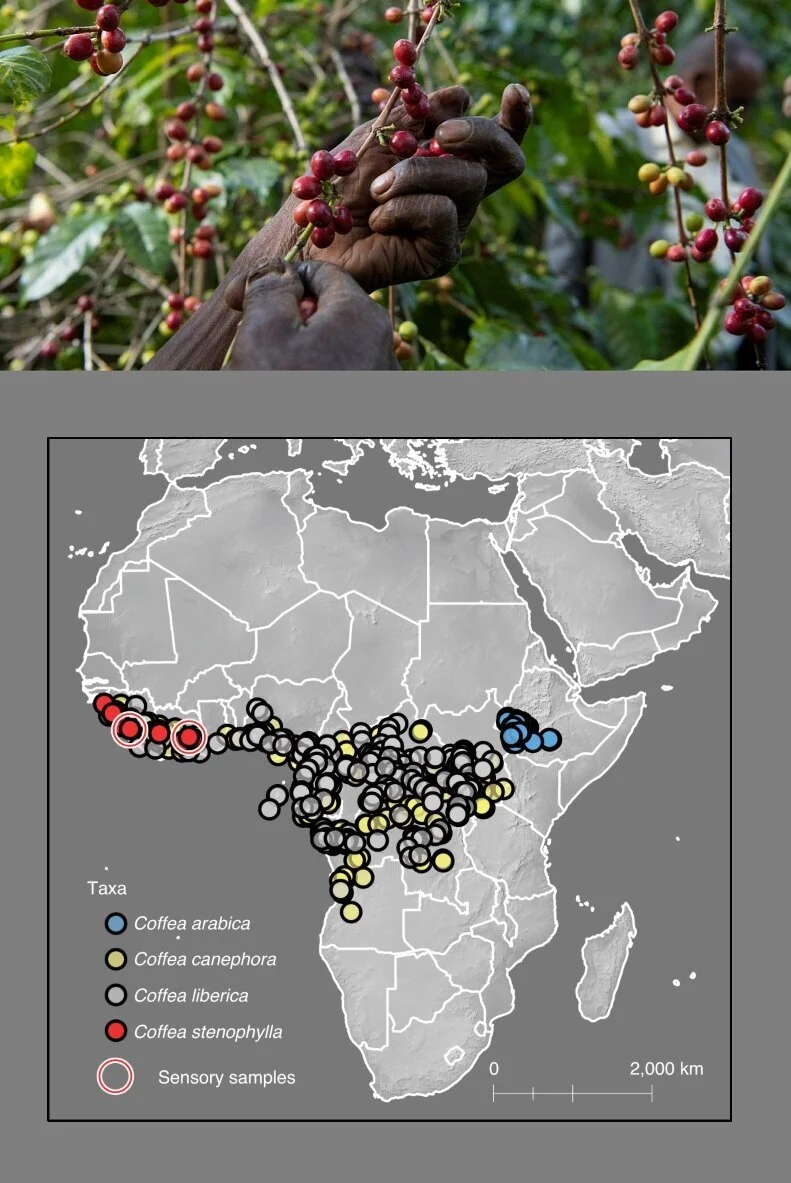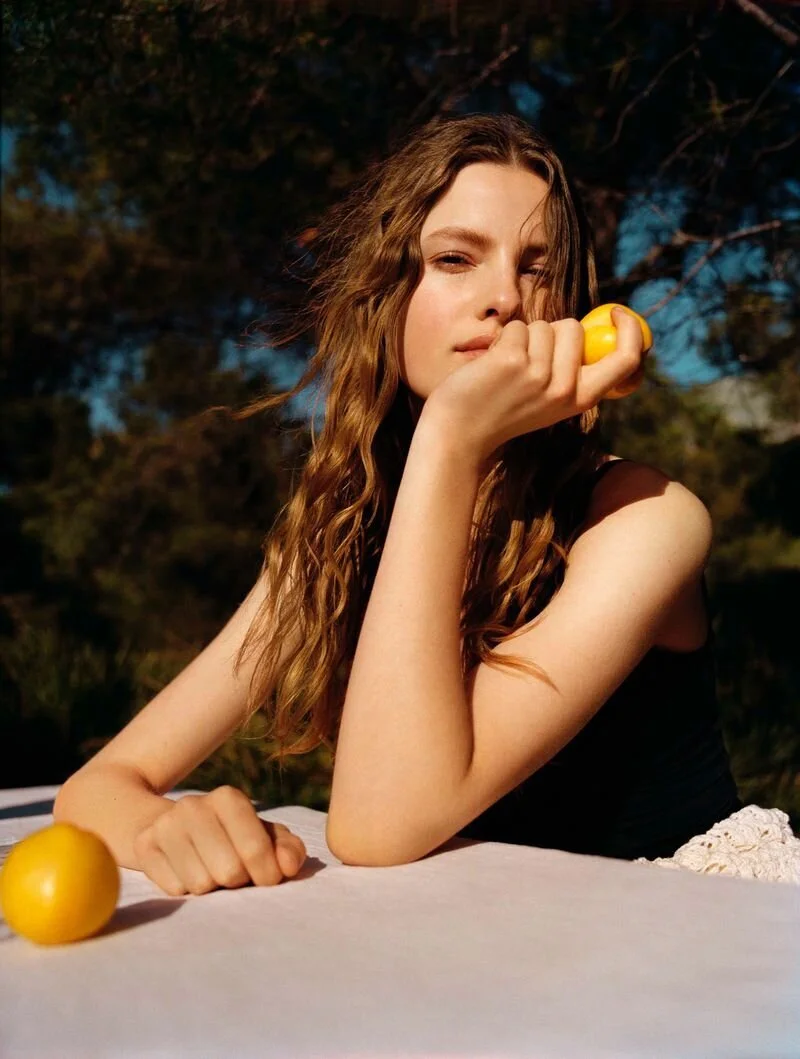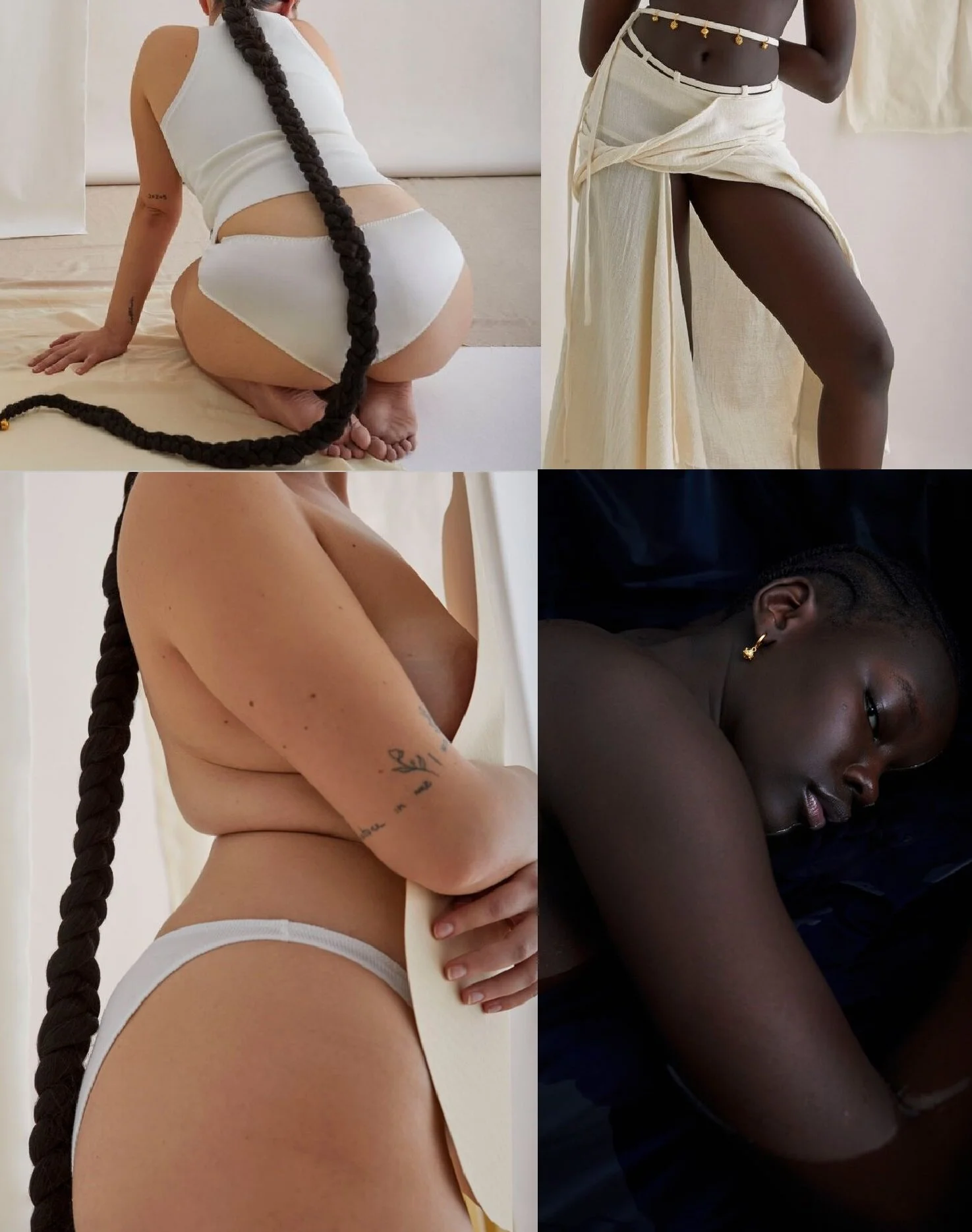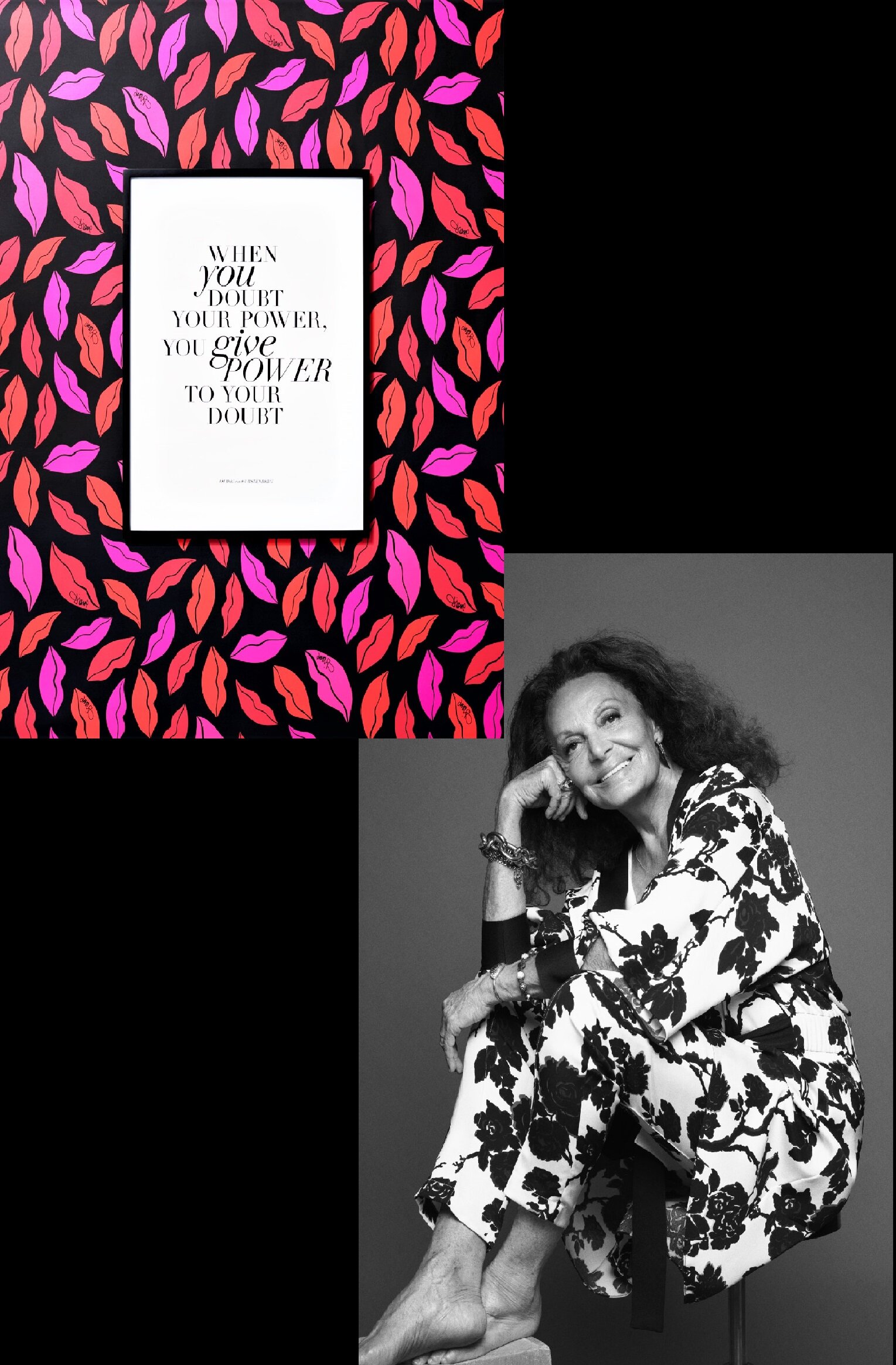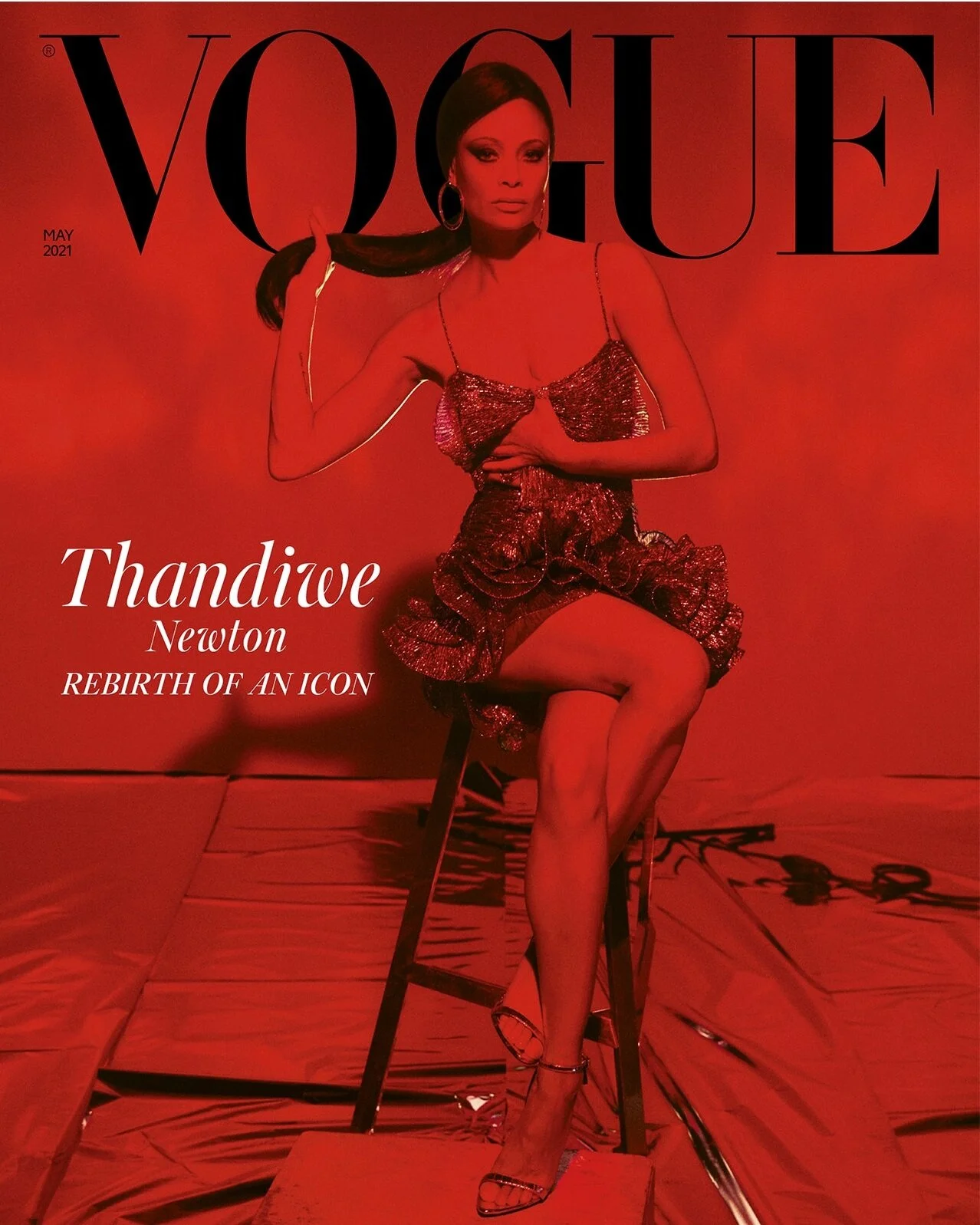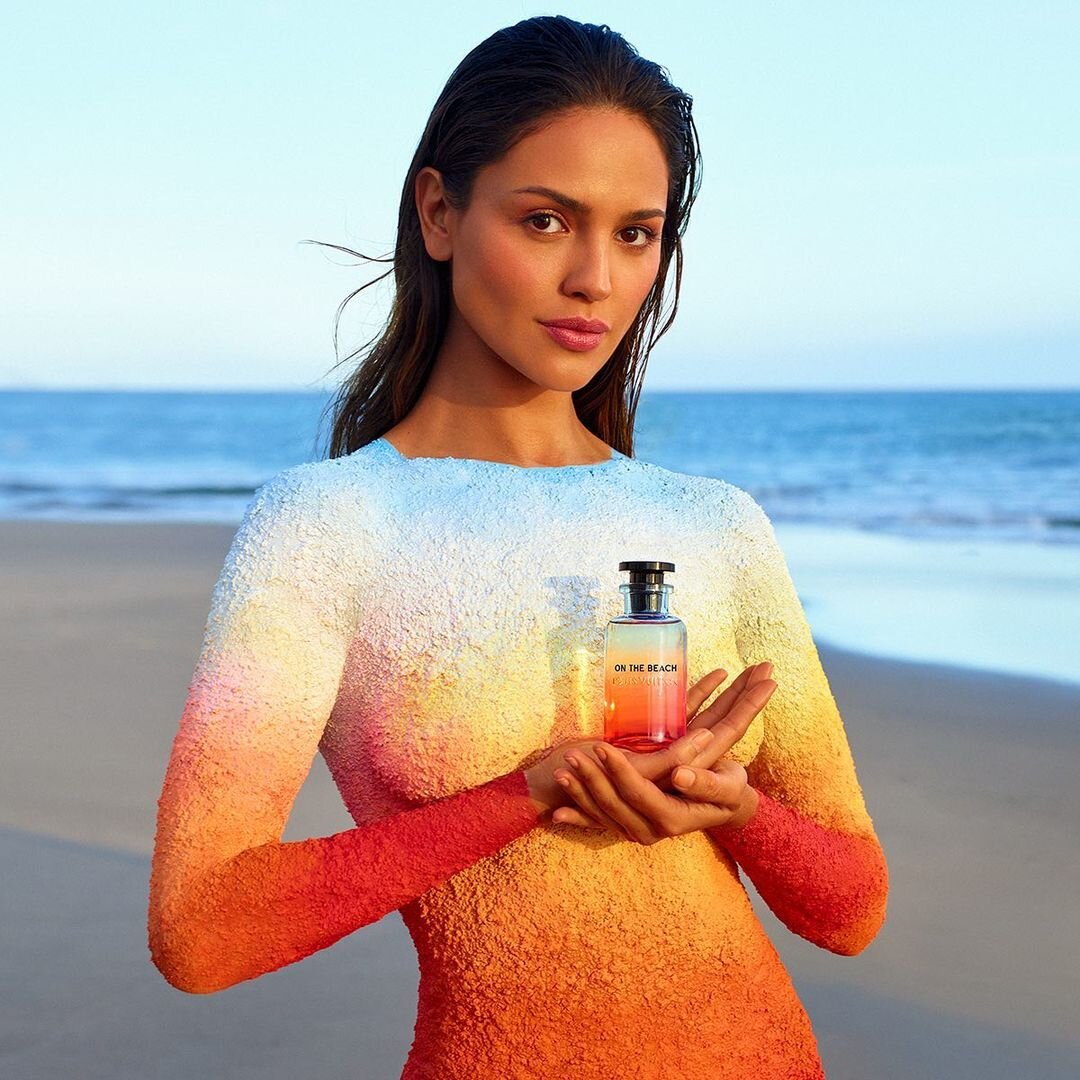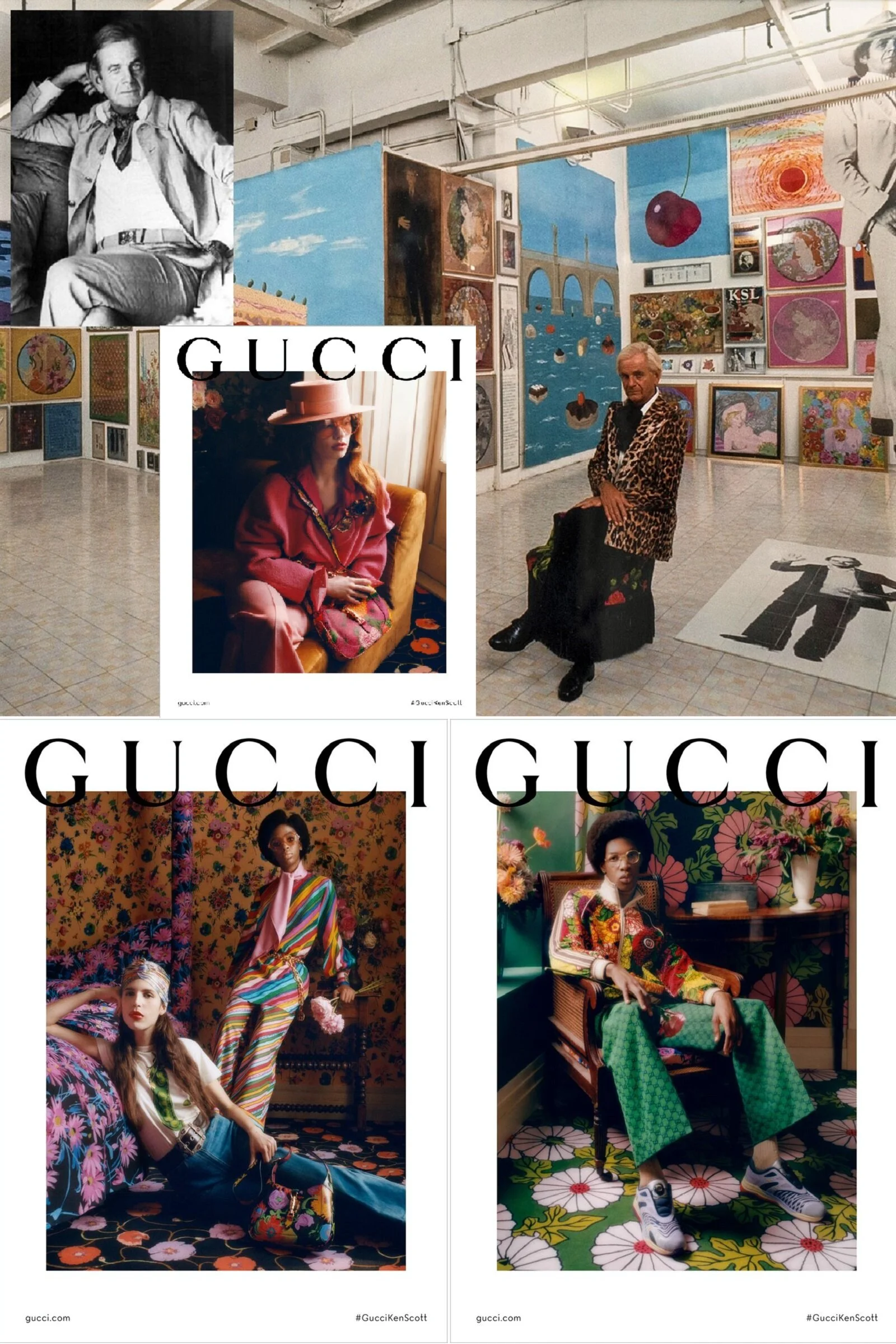Burberry's ECONYL-Based ReBURBERRY Edit Collection + 'Positive Attributes' Labeling
/Burberry's ECONYL-Based ReBURBERRY Edit Collection + 'Positive Attributes' Labeling
The #REBURBERRY collection is now at market, modeled in new imagery by Tara Halliwell and Reece Nelson. 26 styles from the SS2020 collection are all made from the latest innovations in sustainable material science.
The ECONYL® fiber is the core of the #REBURBERRY collection. Additional outerwear pieces in the Edit are made using a new nylon that has been developed from renewable resources such as castor oil, and a polyester yarn made from recycled plastic bottles.
The introduction of the ‘ReBurberry Edit’ coincides with the global roll out of dedicated sustainability labelling across all key-product categories. The labels will, for the first time, “provide customers with an insight into the industry-leading environmental and social credentials of the Burberry programme,” according to the luxury brand’s press release. .
Vogue Paris called the initiative the “ethical collection of the moment.” You can view the ReBurberry Edit collection online.
